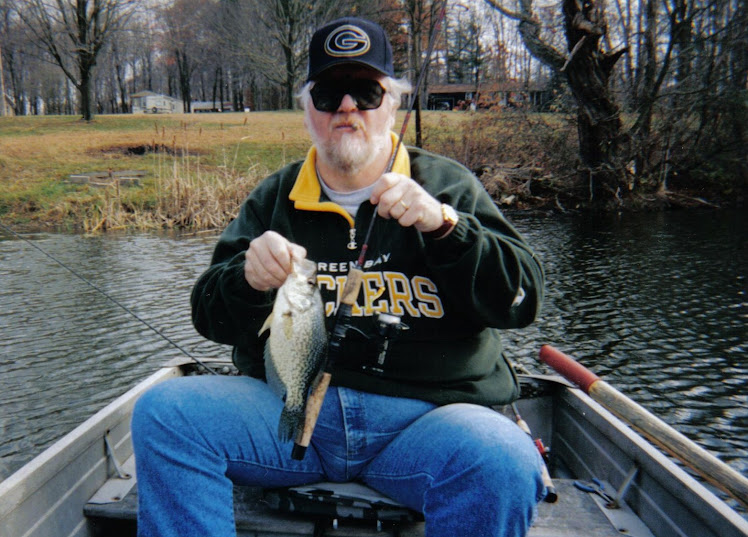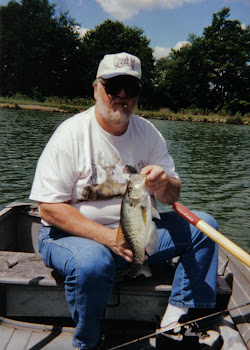The idea of catch and release is still one of controversy among fishermen. I know when I was younger, I didn't follow a catch and release format. I always stayed within any limits that were imposed but I kept my limit of fish every time I went fishing! They say, "hind sight is 20/20" and after saying that, I wish I would have released some of the bass I'd caught years ago! The lake I fish used to have a good population of 2#-5# bass. Today that is not the case! Today you're lucky if you can catch bass over 15 inches in length! The lake was open for paid fishing years ago and had a lot more fishing pressure then it has had in the past 25 years. According to the State of Ohio D.N.R., 10 bass of 10 inches and one of 15 inches should be harvasted per acre per year. That seems like quite abit of fish (maybe that's why Ohio has such weak bass fishing on it's lakes). I now practice catch and release unless the fish is injured to the point I think it will not survive! Catch and release is a practice within recreational fishing intended as a technique of conservation. After capture, the fish are unhooked and returned to the water before experiencing serious exhaustion or injury.
Effective catch and release techniques avoid excessive fighting and handling times, avoid damage to fish skin, scale and slime layers by nets, dry hands and dry surfaces.
1. Artificial lures (swimming plugs, surface poppers, jigs, etc.) are often rigged with multiple treble hooks. One disadvantage of these lures is that a fish struggling to escape capture will often hook itself with the remaining treble hooks, leading to additional injury. Anglers should try to use lures with a single hook if possible, or replace treble hooks with steel hooks (not stainless), or reduce the number of treble hooks on the lure. Bend the barbs down.
2. Bait fishing is a popular technique, however the baited hook is often swallowed so that the hook is deeply imbedded in the stomach ("gut"). To reduce "gut hooking" a fish, anglers should set the hook immediately before the bait can be completely swallowed, or use a "circle" hook. When a fish is "gut hooked" the best solution is to cut the line as close to the hook eye as possible. This helps to prevent severe damage to the fish's internal organs, which can occur while trying to remove a hook. If the hook is not stainless steel, it will eventually corrode due to the fish's stomach acids used in digestion. Please bend the barbs of hook down.
3. Tools used in hook removal can be extremely useful. Tools including needle nose pliers, hemostats, hook degorgers, nail clippers and wire cutting pliers can be very helpful in reducing hook removal time.
4. Handling methods depend on fishing technique used, how the fish is hooked, and size of the fish. Ideally, the fish should not be removed from the water. If fishing from a boat, try to prevent the fish from banging against the side or thrashing around the deck. Improper handling can cause internal injuries, skin abrasions, scale loss, or removal of the protective slime layer that prevents infection. When handling make sure that your hands are wet to reduce loss of protective slime coat on fish.
5. To release the fish, grasp the tail firmly and place the fish back in the water and slowly move the fish back and forth. This motion will cause water to flow over the gills, restoring oxygen to the blood stream. Recovery time will vary according to size and health of the fish. As a general rule, the longer the fish fights and the higher the water and air temperature, the longer it will take the fish to recover. An erect dorsal fin is a sign of a revived fish.
There is nothing more exciting than catching a large fish and then releasing it in hopes you or someone else can catch it agin! Good Fishing!


No comments:
Post a Comment